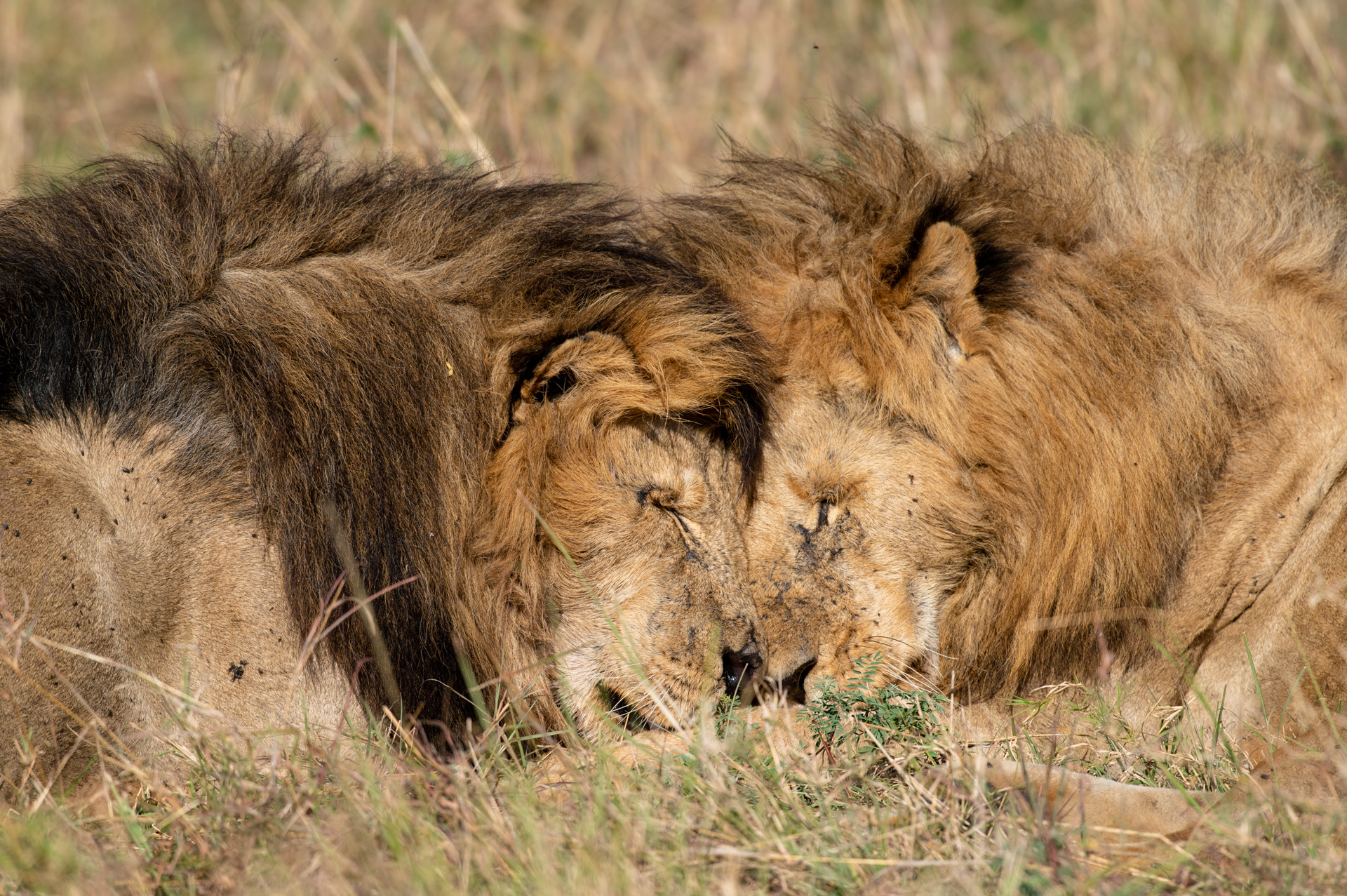
Lion dynamics in the Triangle always keep us on our toes and we managed to catch up with several prides this week. First up, the Inselberg males, who are always a pleasure to watch. This formidable coalition is now only four brothers after the sad demise of Slit Lip a few months ago.



Despite the loss, they continue to dominate the southeastern part of the Triangle for now, but it remains to be seen how long they can hold onto their reign. Lately, the younger and more aggressive Nyati Six males seem to be pushing outside of their territory, one pride at a time. Their latest conquest has been the Egyptian Pride, one of the three prides the Inselbergs used to dominate.
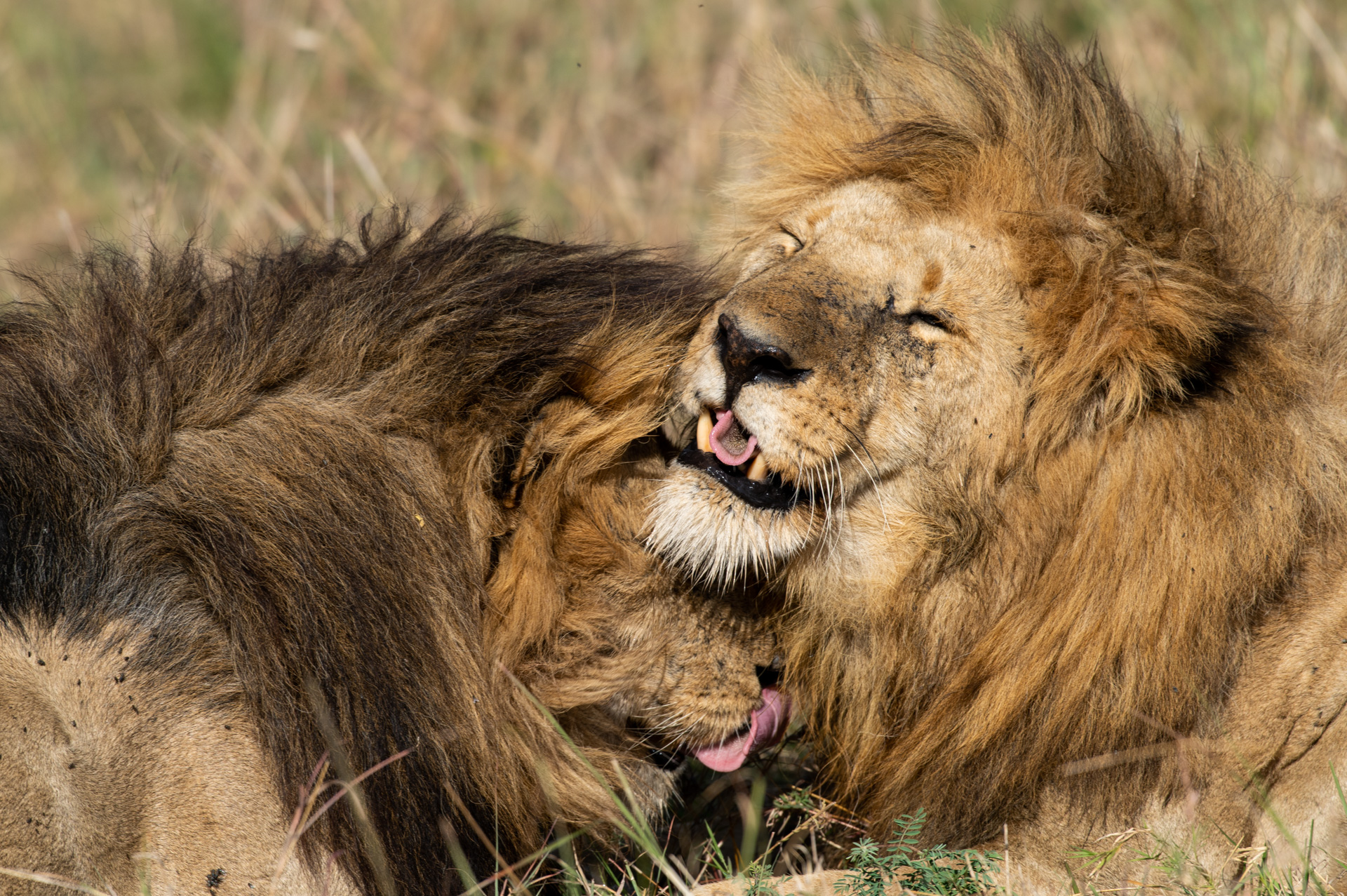
We caught up with Manywele, Ruka and Ginger at an area known as Nyumba Nane. Despite the ongoing tension between the coalitions, they seemed very relaxed and, as you can see, their unique bromance is as strong as ever as you can see by the video below.
Just meters away from the brothers were the ever-impressive Purungat Pride, one of the most interesting to watch. On this particular morning, we saw two females and their five very cute cubs. It is fascinating to observe lion cub behaviour around their fathers. One of the more playful cubs tried to get closer to Ruka but he gently chased it away. This sighting brought the total number of lions spotted that morning to ten, not too shabby (and that was before breakfast).

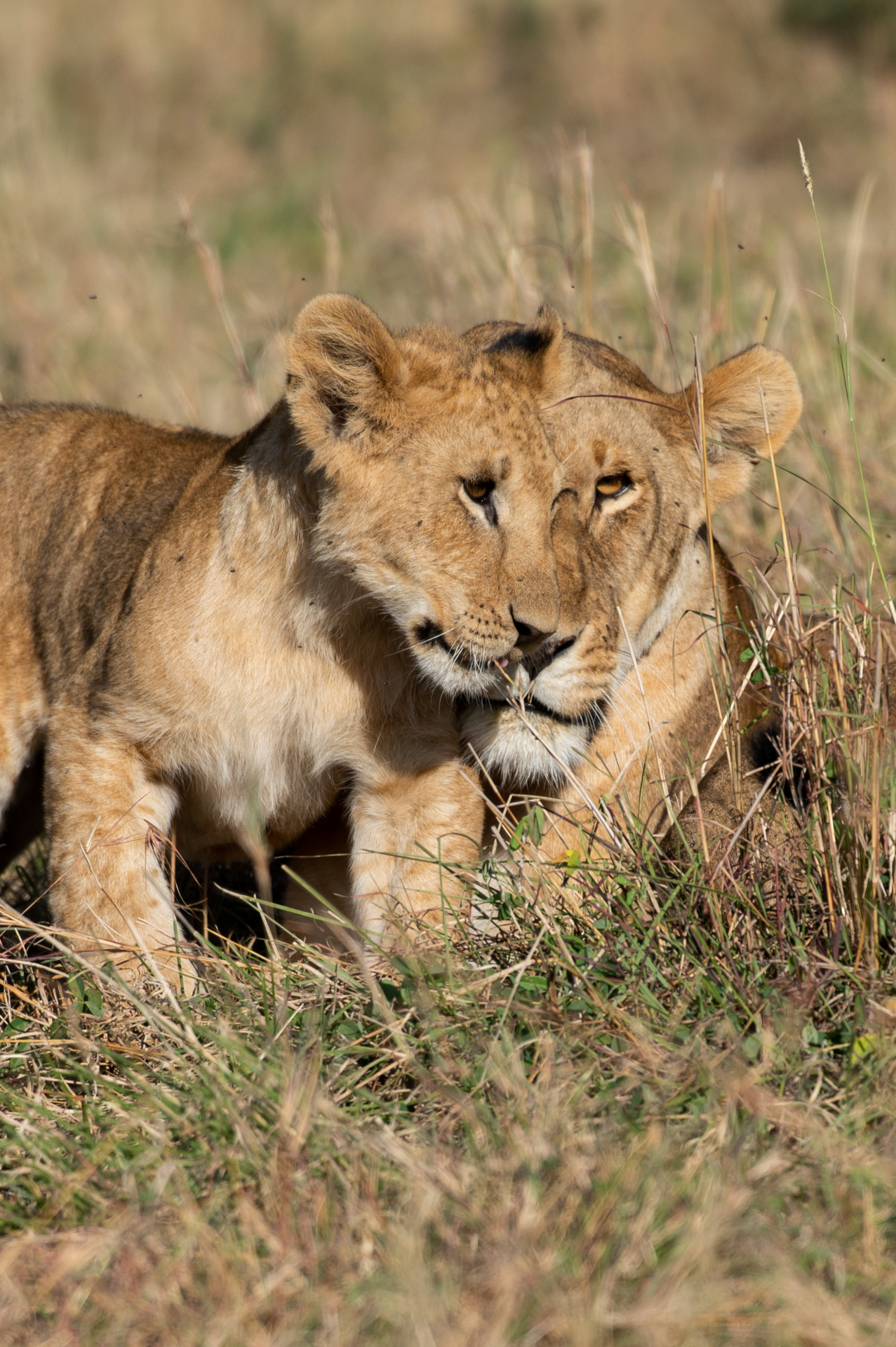

In the same southern part of the Triangle along the Tanzanian border, we bumped into three members of the Border Pride, two sub-adult males and a female. They were sitting in the hot midday sun and I figured they would soon be looking for shade so opted to hang around and observe. True to their behaviour, it didn’t take long — after a few yawns, they were on the move. Immediately, I noticed one of the young males was heavily limping. As is protocol, we swiftly alerted the Mara Conservancy rangers of the injury. If the injury is life-threatening, rangers will call in the vet unit, but in most instances, these injuries are minor and are expected to heal in a few weeks, as was the case here.
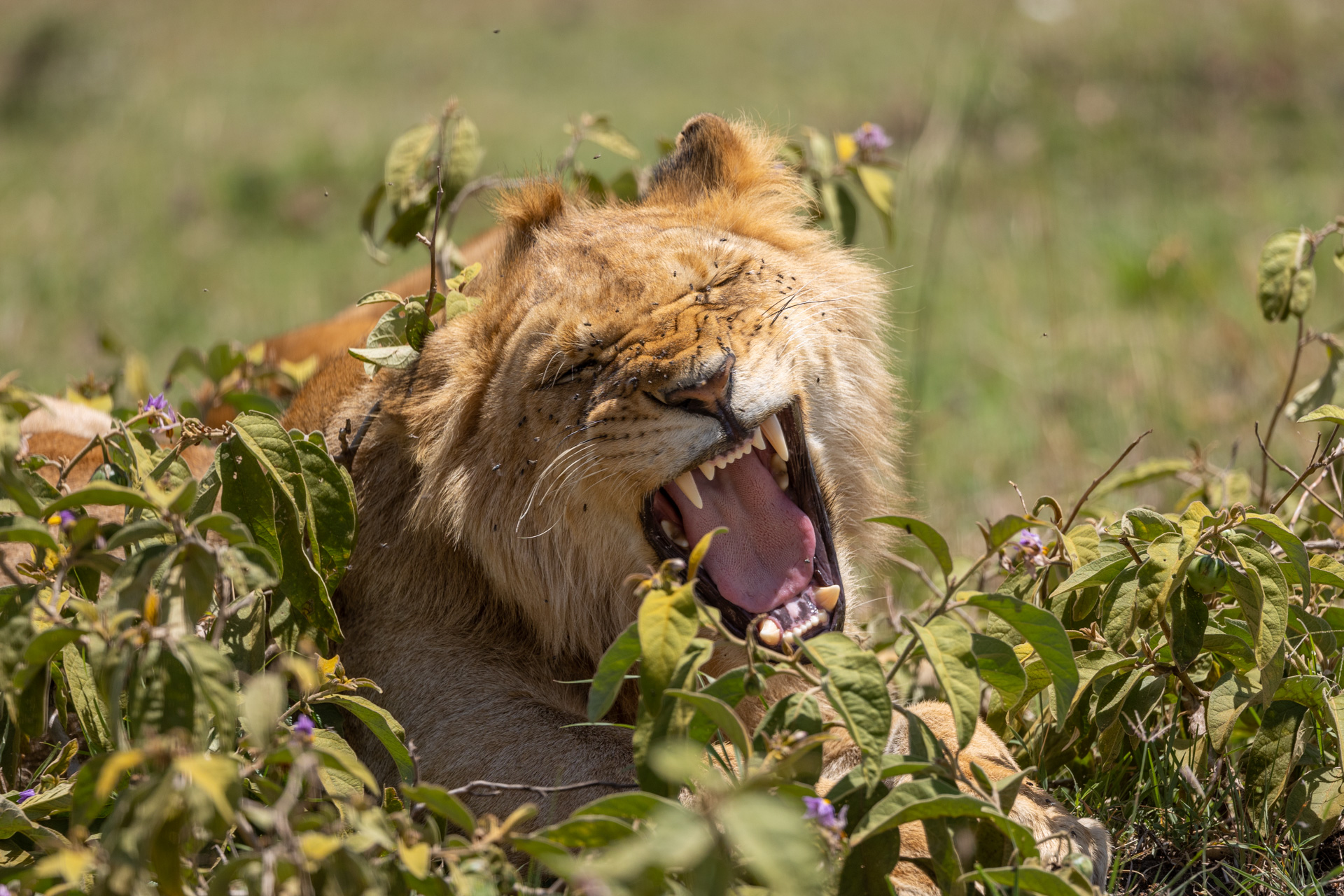
On the other side of the Triangle, near the balloon landing area, one of the Owino Pride females has been busy hunting young topis, which seems to be her preferred flavour of the week. Douggy, one of Angama's guides, witnessed her take one down for breakfast.
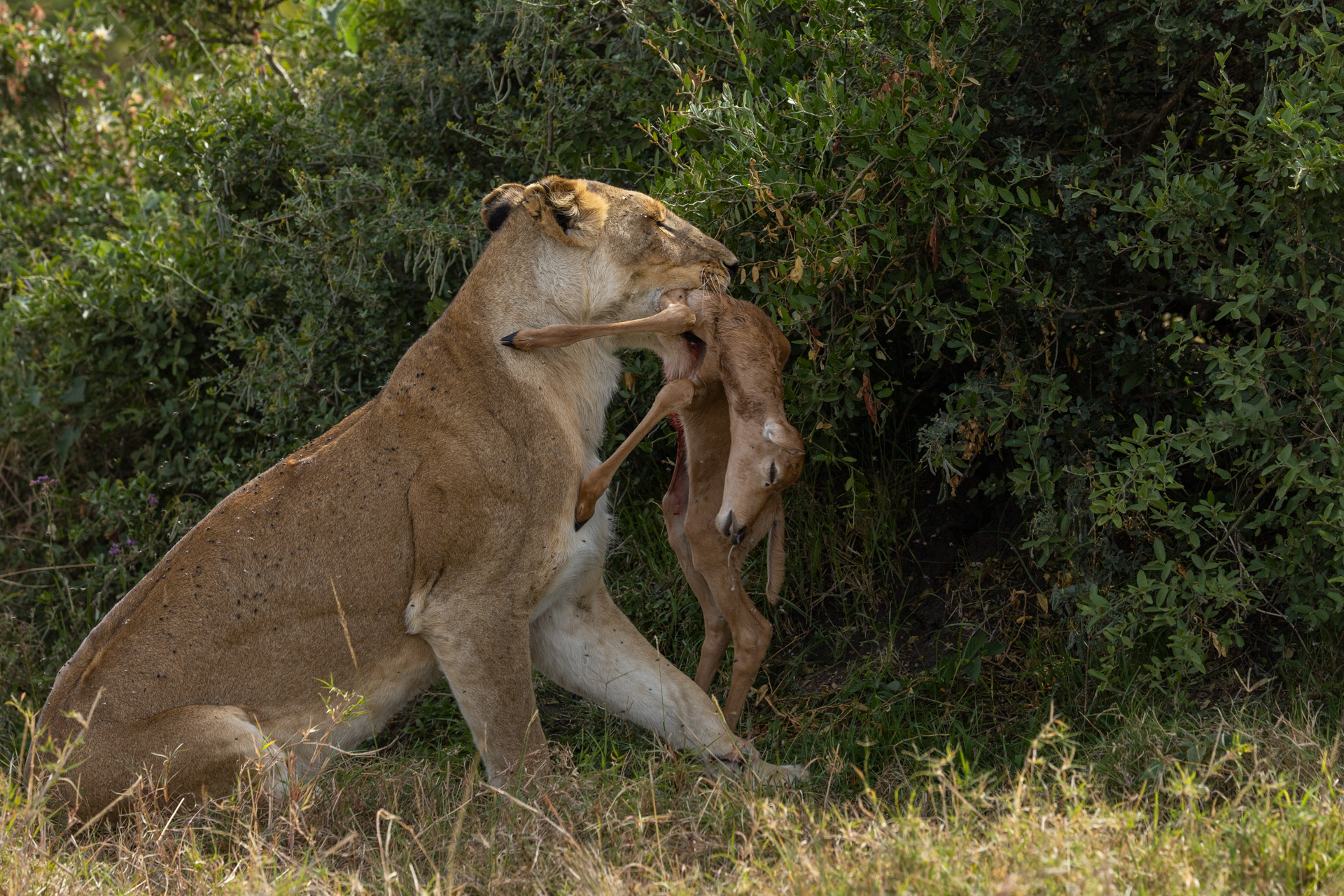
On our way back to the lodge, we were treated to an elephant mud bath show. It was a big herd with very young calves who struggled to get out after wallowing in the mud pools. Eventually, and with a bit of help from their mothers, they managed. Mud baths serve a critical purpose for elephants under the harsh sun. With their few hairs and sweat glands, they have to find alternative ways to cool them off as UV rays can be dangerous to their sensitive skin. These ellies later went on to indulge in a sand bath which was equally theatrical to watch.


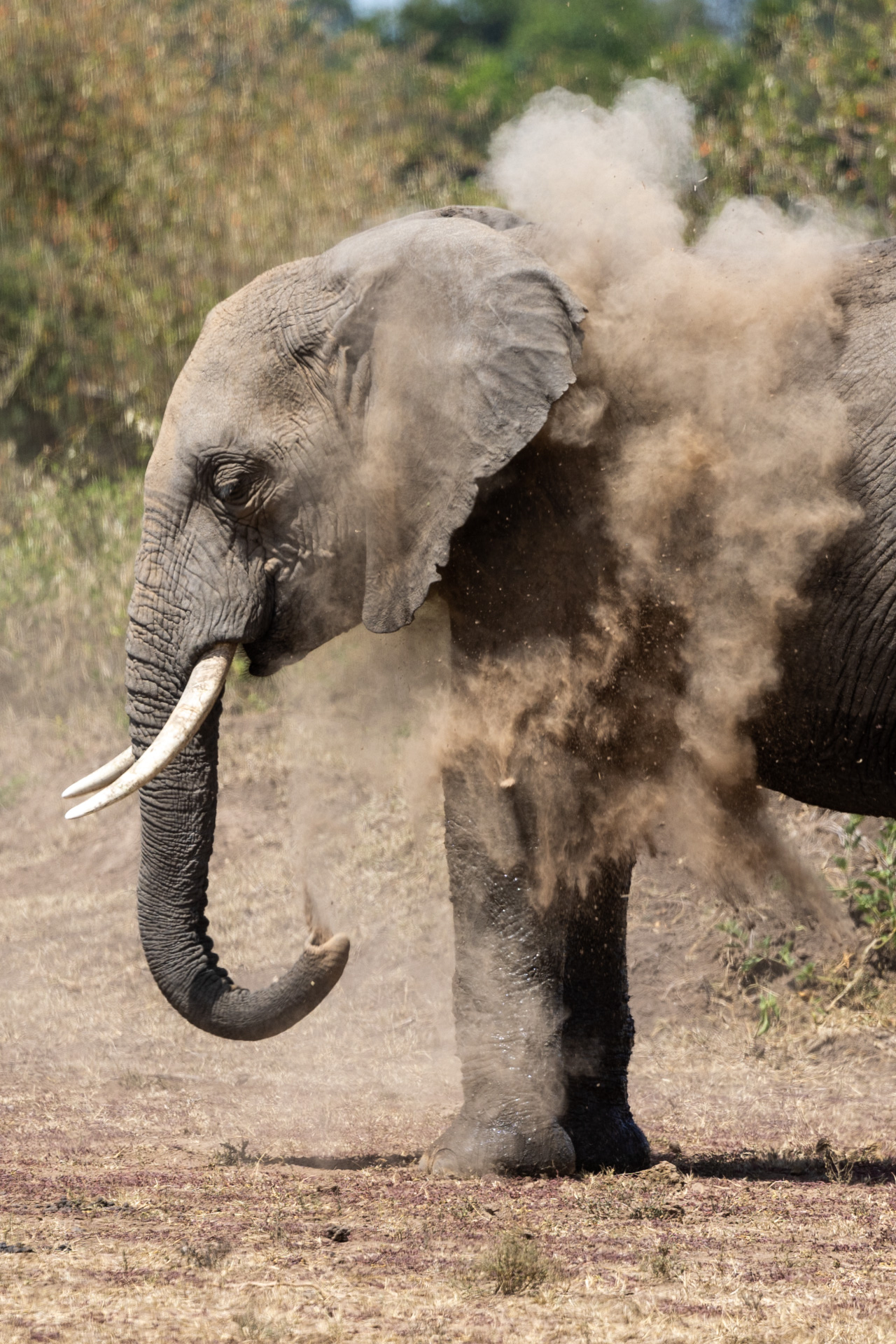
After a few days of scouting the neighbouring Serengeti, Risasi and her cubs seem to have decided they like this side of the border better (we agree). She was spotted in the Triangle this week trying to bring down a Thompson’s gazelle, although that particular attempt unfortunately failed. We are fairly certain she found a way to feed her cubs given all three are looking healthy and happy. It goes without saying that we are delighted to have her back home.
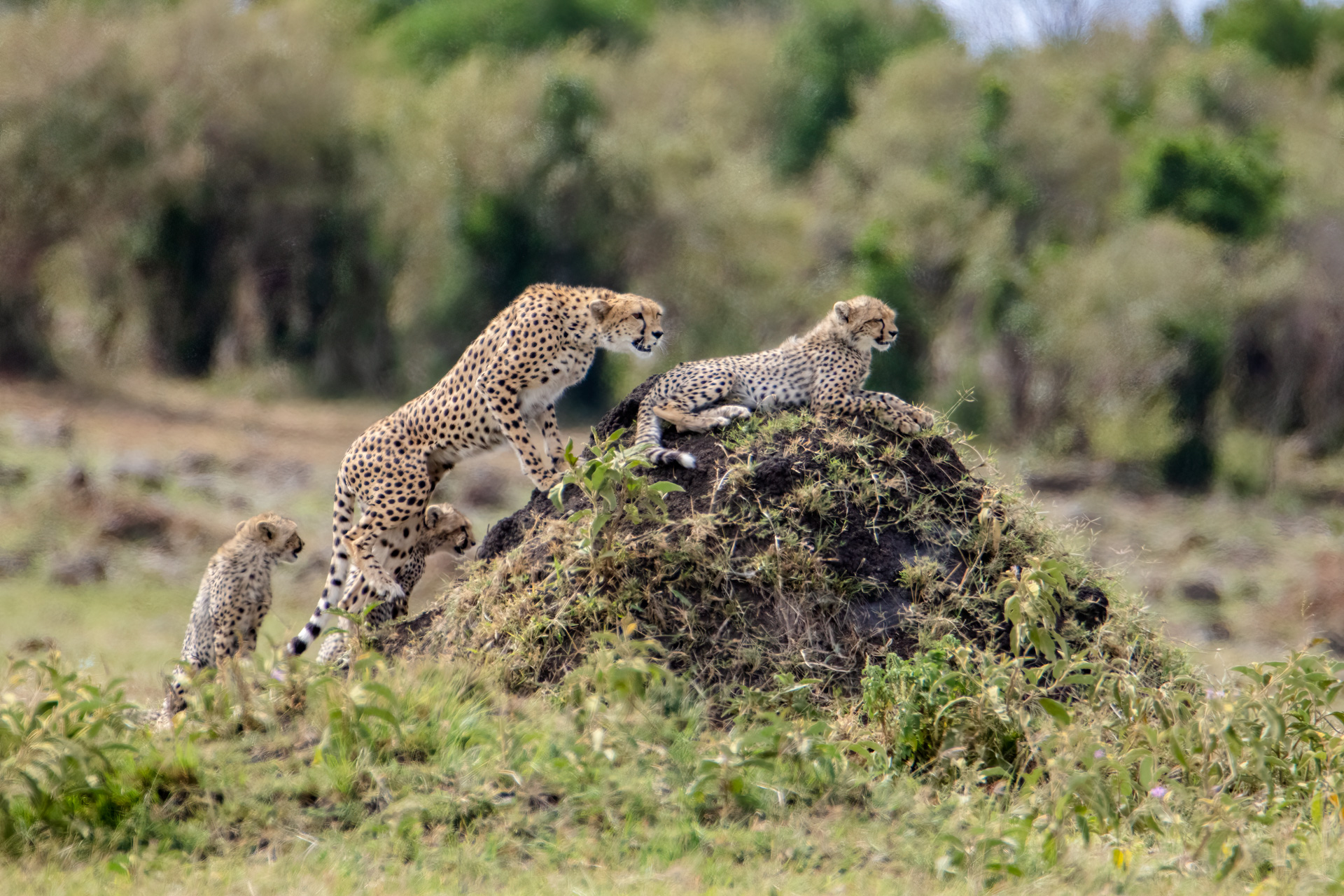
This week’s black rhino sightings have been plentiful as we were treated to three on different occasions. Rhinos are often difficult to spot in the Mara as their numbers have continuously been threatened by poaching over the years. However, the Angama Foundation has been in the forefront of black rhino conservation in the Mara Triangle in partnership with the Mara Conservancy, providing a careful watch over them. Through this initiative, we believe there is a future for black rhinos in the Mara and that forthcoming generations will continue to enjoy and learn about these incredible creatures.

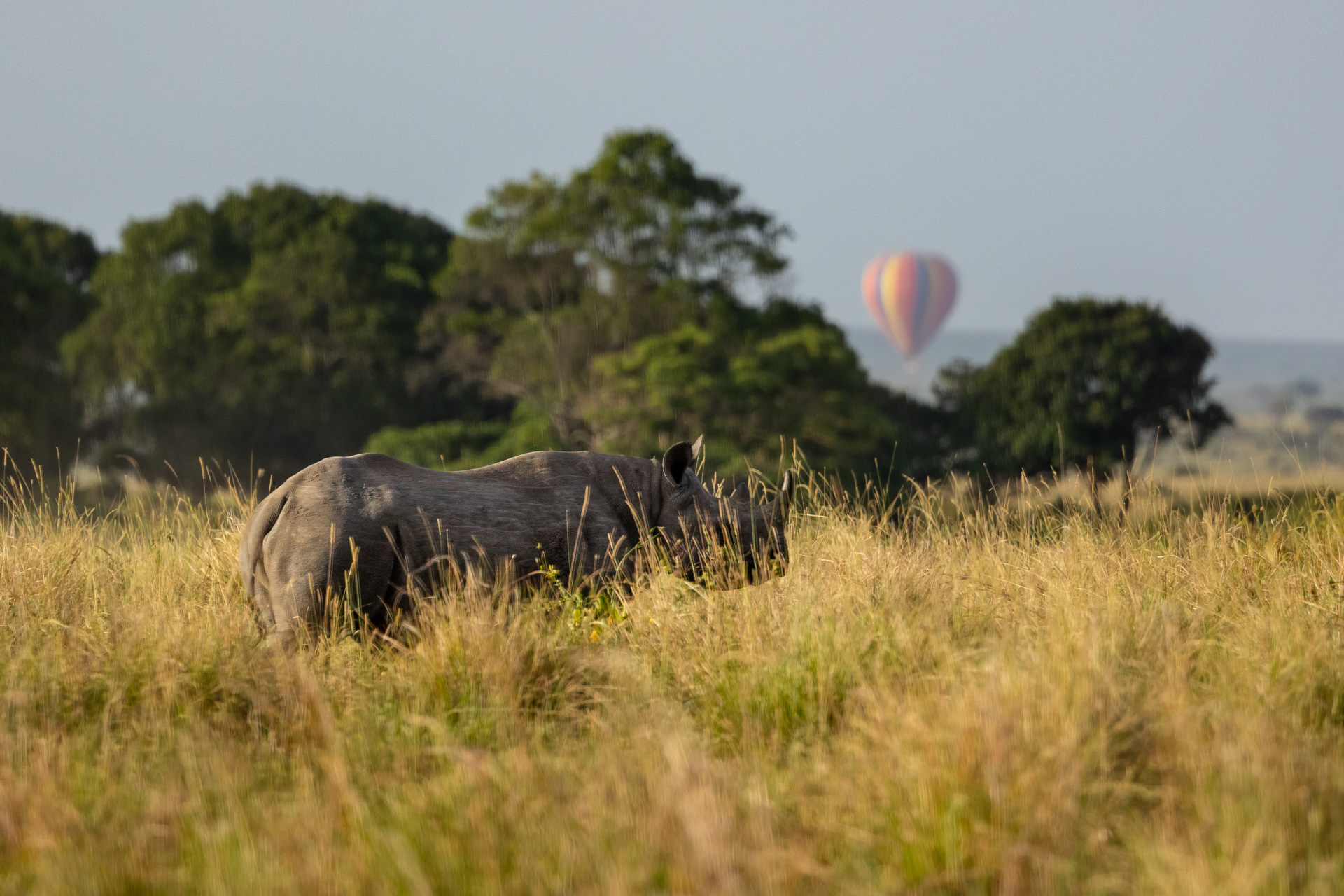
The Triangle is always teeming with wildlife —whichever road you take you can’t go wrong. We leave you with some other moments that grabbed our attention.
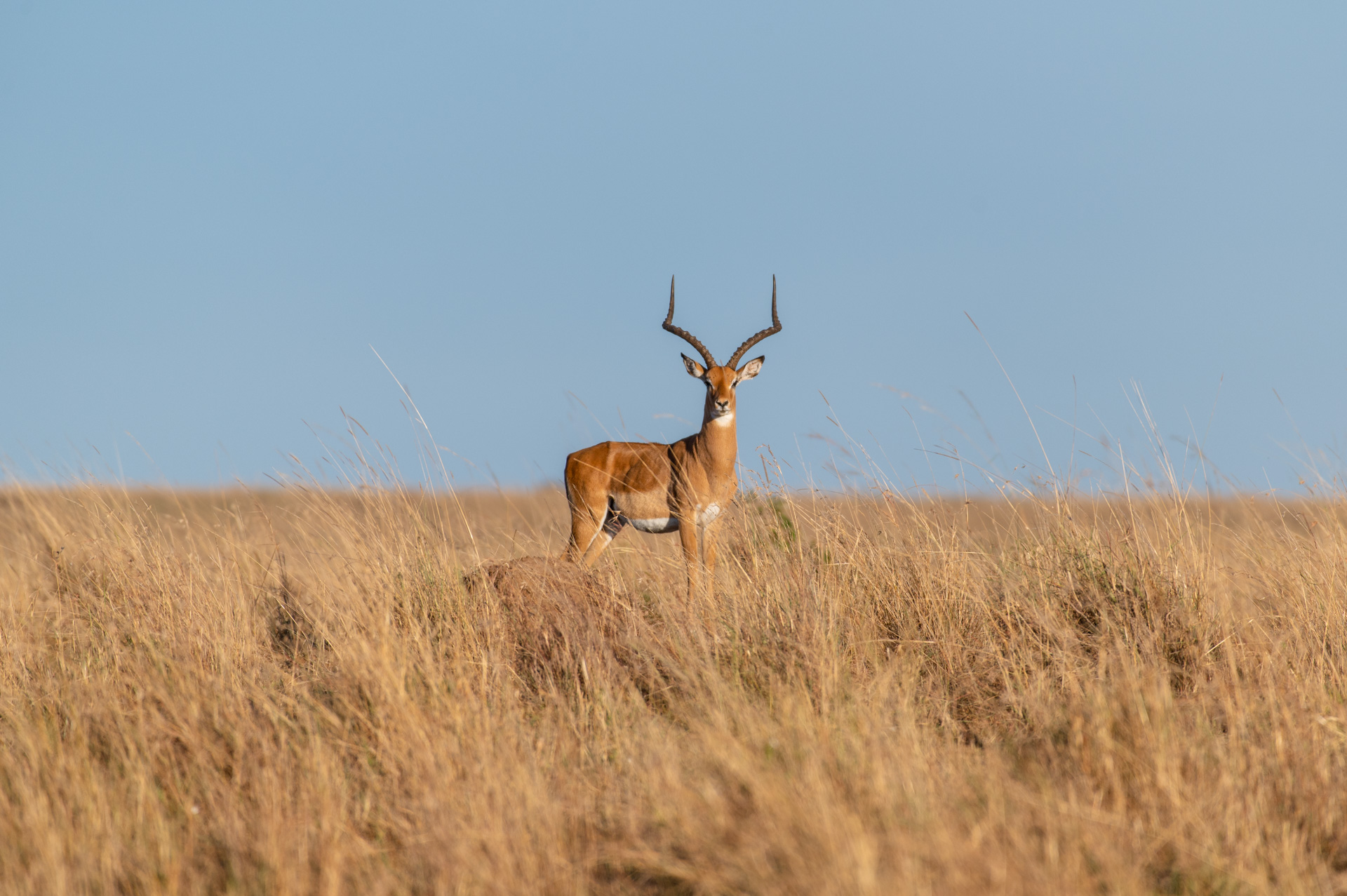
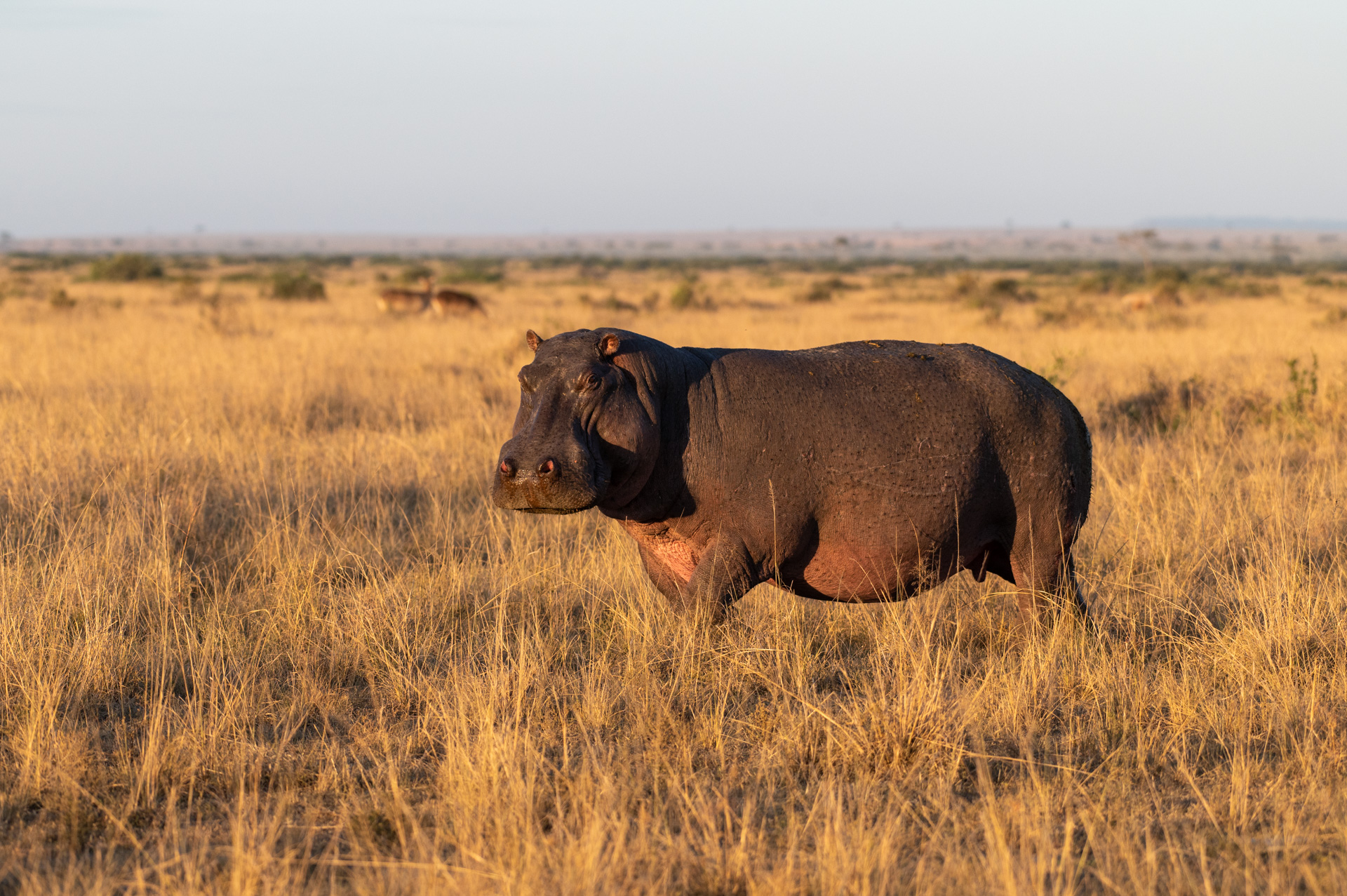

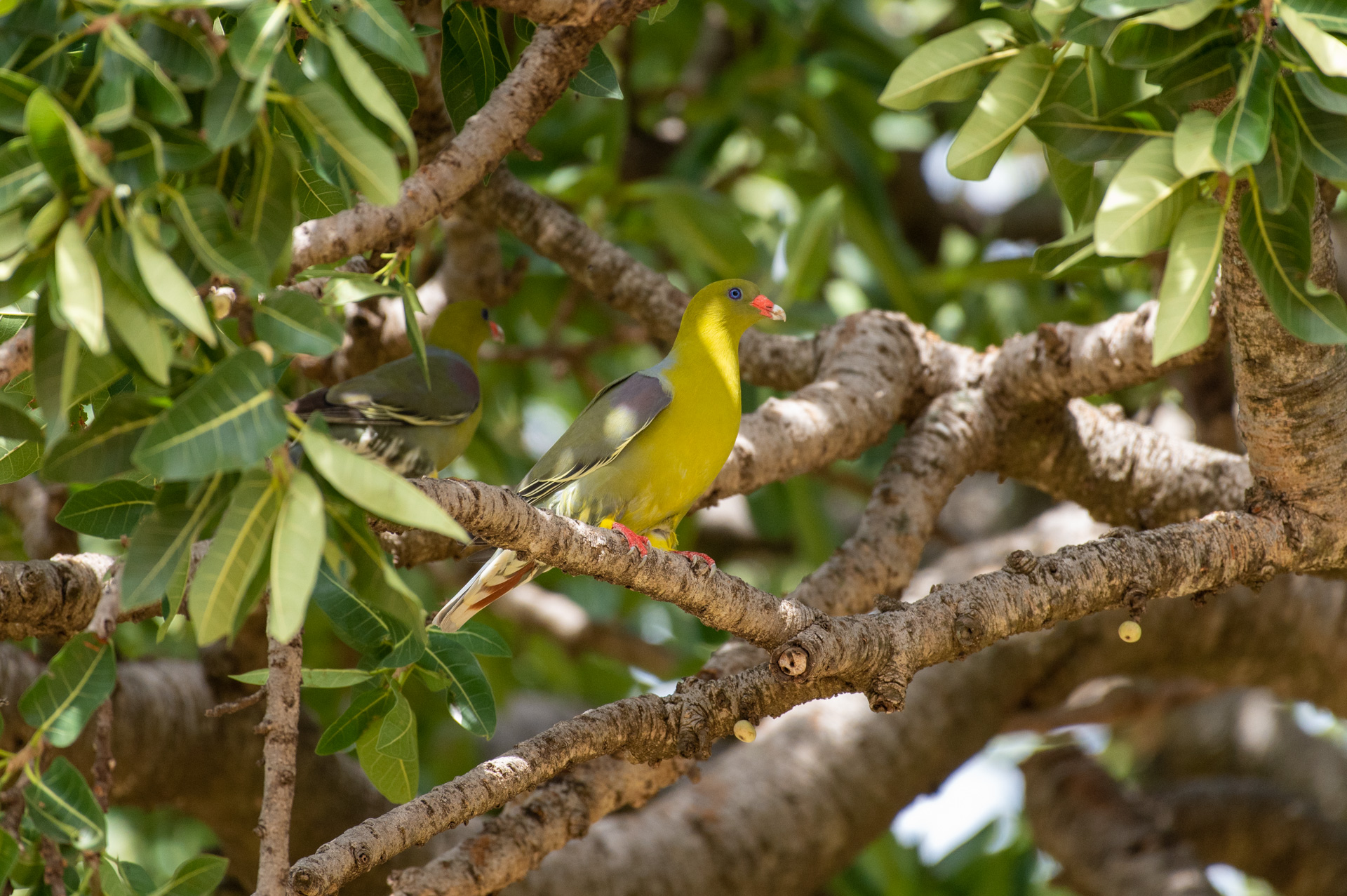
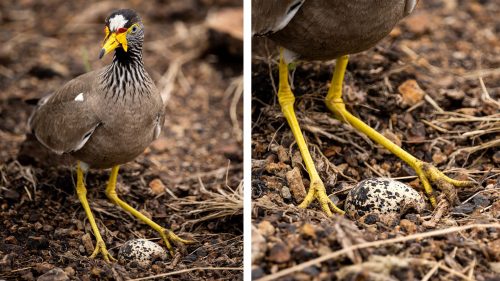
We sometimes like to take the road less travelled but this time last year, we got into big trouble for doing so. This wattled lapwing had laid her egg right in the middle of the road and we were forced to find a new way home.
Filed under: This Week at Angama
Subscribe for Weekly Stories
Comments (0):

The Angama Shamba